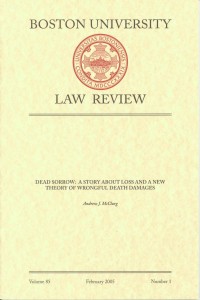 Andrew J. McClurg, Dead Sorrow: A Story About Loss and A New Theory of Wrongful Death Damages, 85 Boston University Law Review 1-51 (2005).
Andrew J. McClurg, Dead Sorrow: A Story About Loss and A New Theory of Wrongful Death Damages, 85 Boston University Law Review 1-51 (2005).
This “scholarative”–combining personal narrative and traditional doctrinal scholarship–tells the story of a personal loss as a prelude for arguing for a new theory of wrongful death damages.
When a tortiously caused death occurs, five losses/injuries result: (1) the decedent’s life itself; (2) the trauma and bereavement suffered by the decedent’s survivors, collectively referred to in this article as “grief;” (3) the pecuniary value of financial and service contributions that the decedent could have been expected to make to his or her dependents; (4) the loss of the decedent’s society and companionship, which in some states is considered a type of pecuniary loss under the fiction that society and companionship are a type of “lost service” with ascertainable monetary value (technically placing such damages in category 3) but which in other states is viewed as an intangible or noneconomic loss; and (5) the direct costs associated with the death, such as funeral expenses.
The wrongful death system fails to account for the first two elements. Current law attaches no monetary value to life itself. The second item, grief, traditionally has been the invisible injury from wrongful death. This article proposes a legislative reconceptualization of wrongful death damages that addresses both of the deficiencies described above—for one price. Specifically, it argues that life has independent value apart from what we earn and give to others and that this value should be recognized in the form of “lost life” damages.
Departing from the orthodox view that such damages should be allocated to the decedent’s estate or to the survivors, the article instead suggests that damages for the lost value of life be used for the exclusive purpose of establishing a lasting memorial to the decedent. Such a solution would promote both the economic deterrence and corrective justice models of tort law.
Additionally, the memorial established with the lost life damages would, at no additional cost, provide a proven grief-healing instrument for all persons who mourn the decedent’s passing. Finally, because it is recommended that memorials created with lost life damages be required to serve a utilitarian function, another unique aspect of the proposal is that it would allocate tort damages in ways that benefit society in addition to tort victims, enhancing the net social benefit of the tort system.


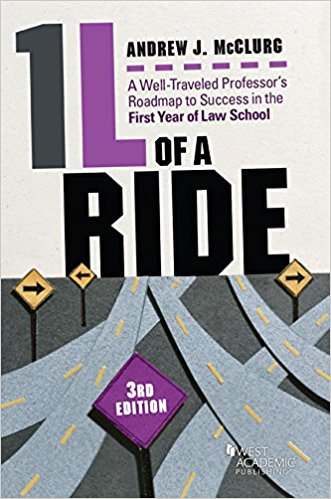
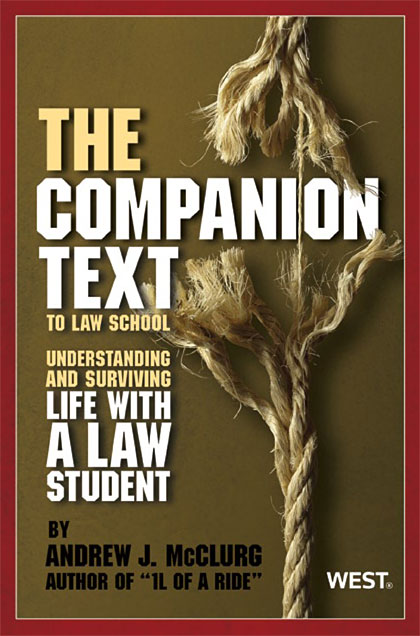




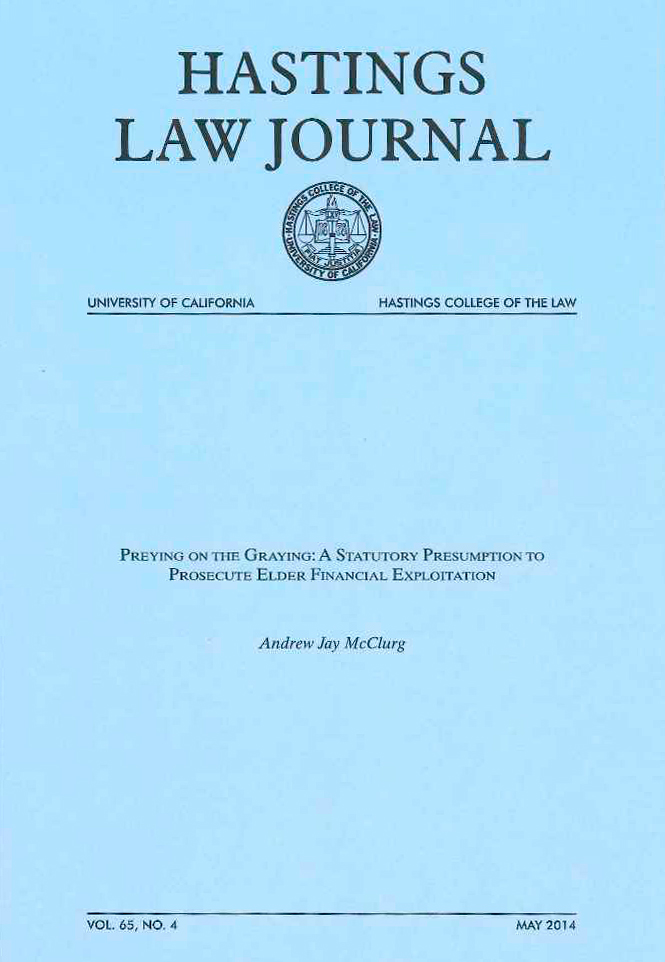
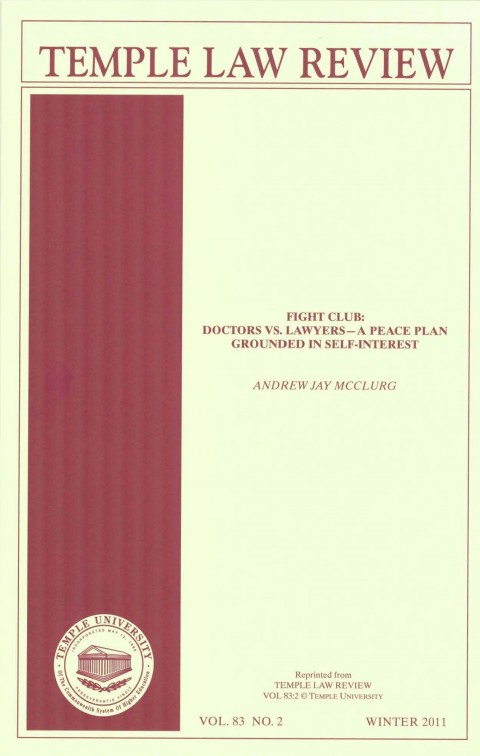
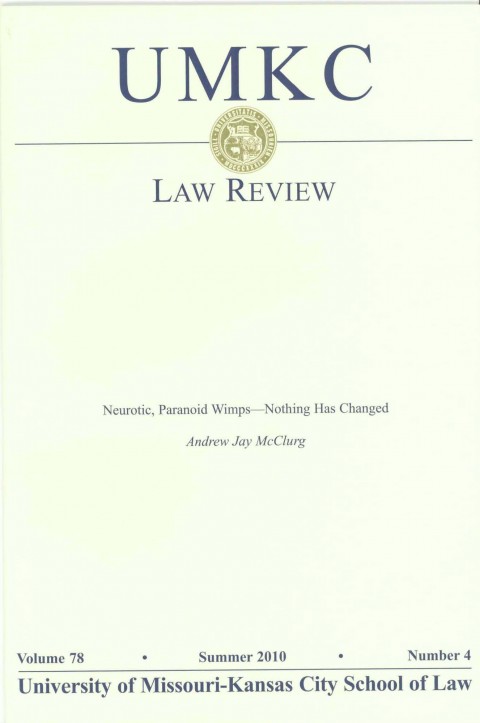
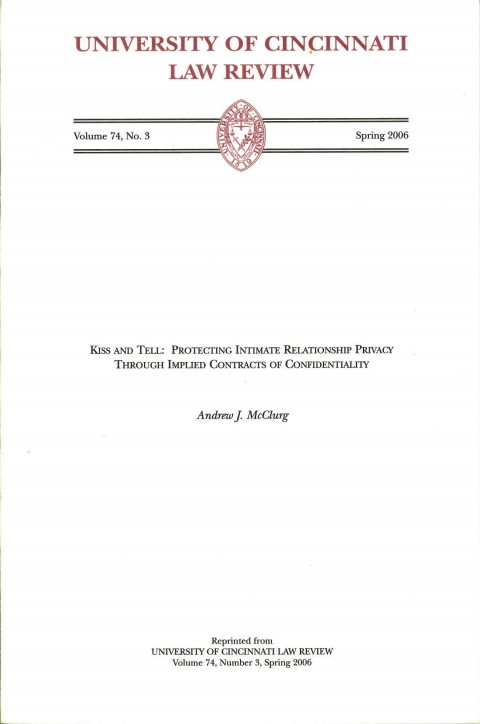
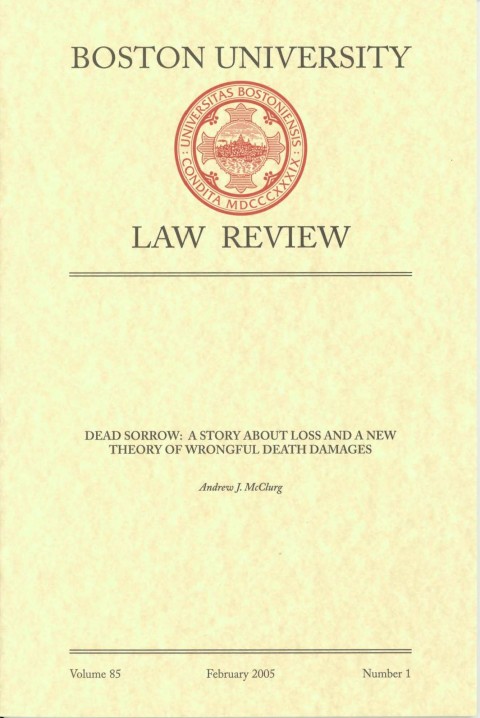
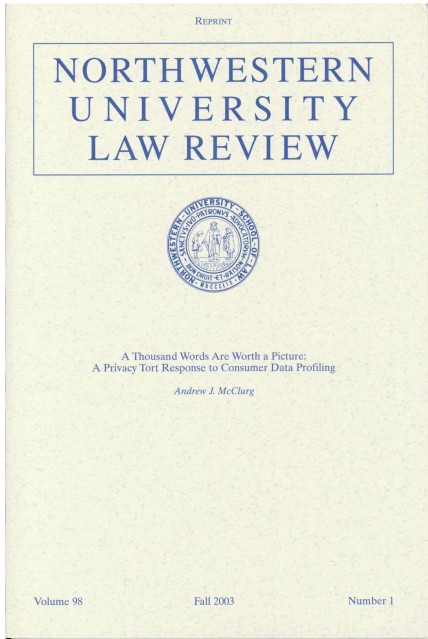
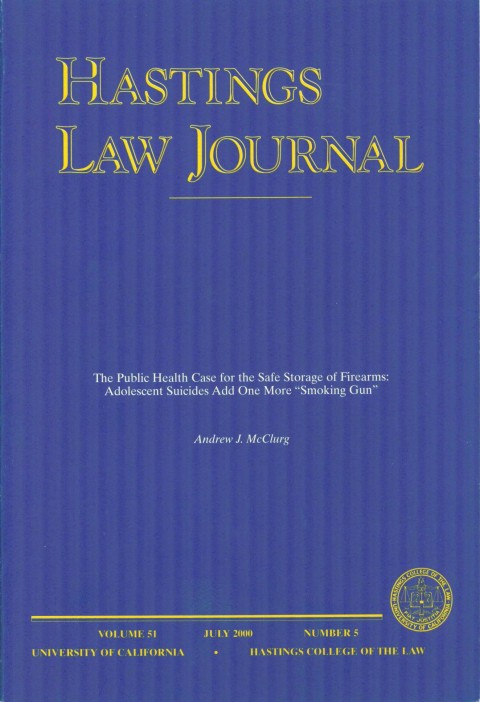
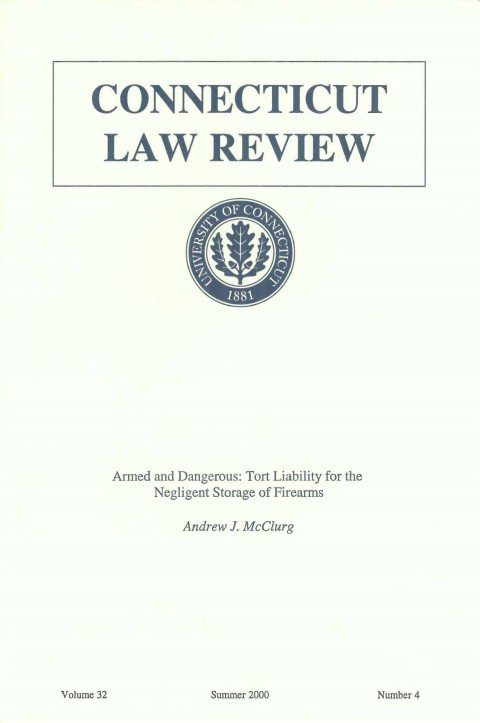
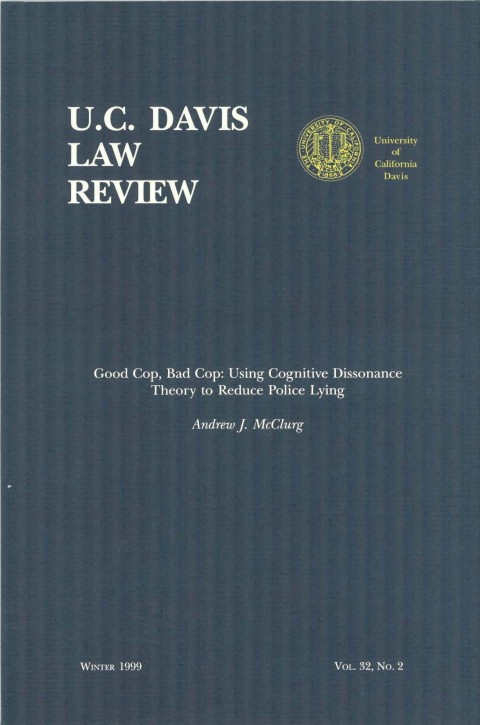
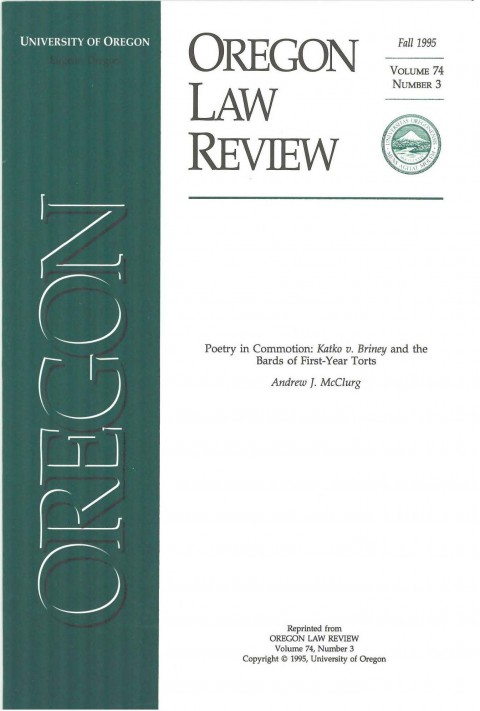
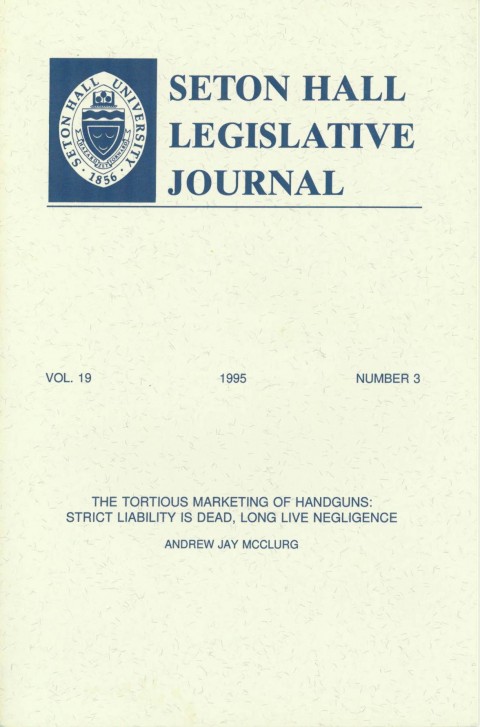
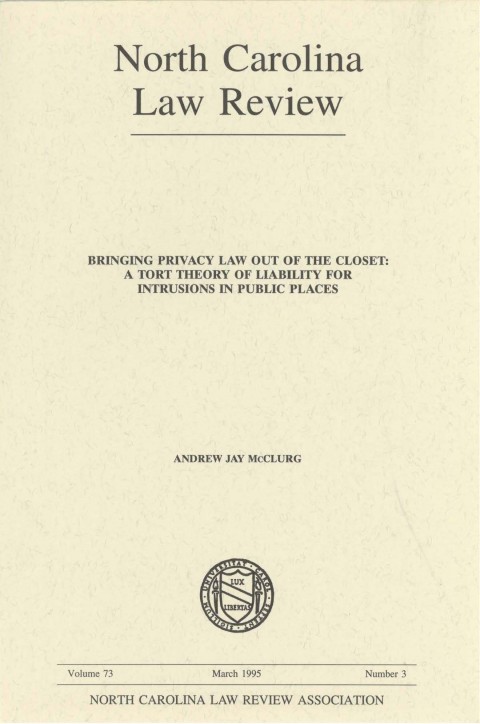
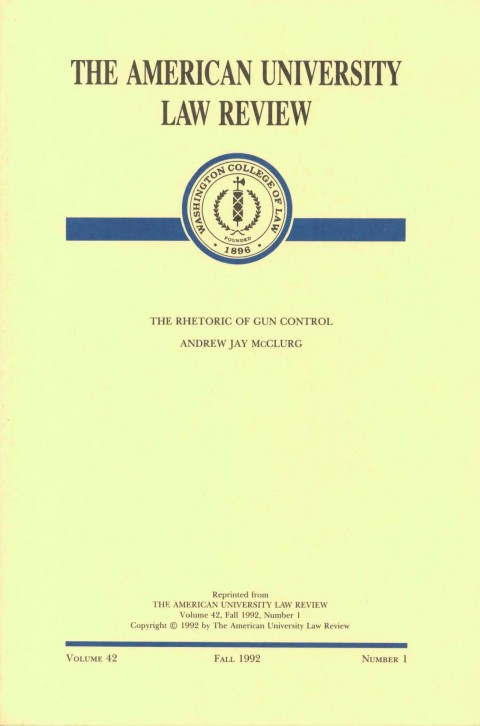

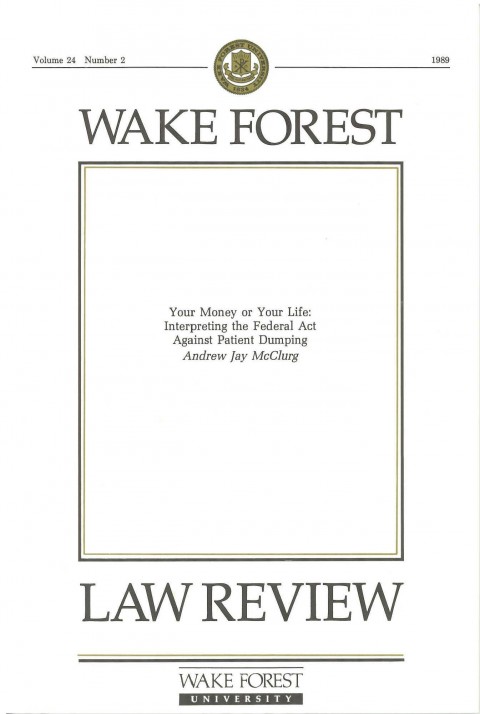


Leave a Reply